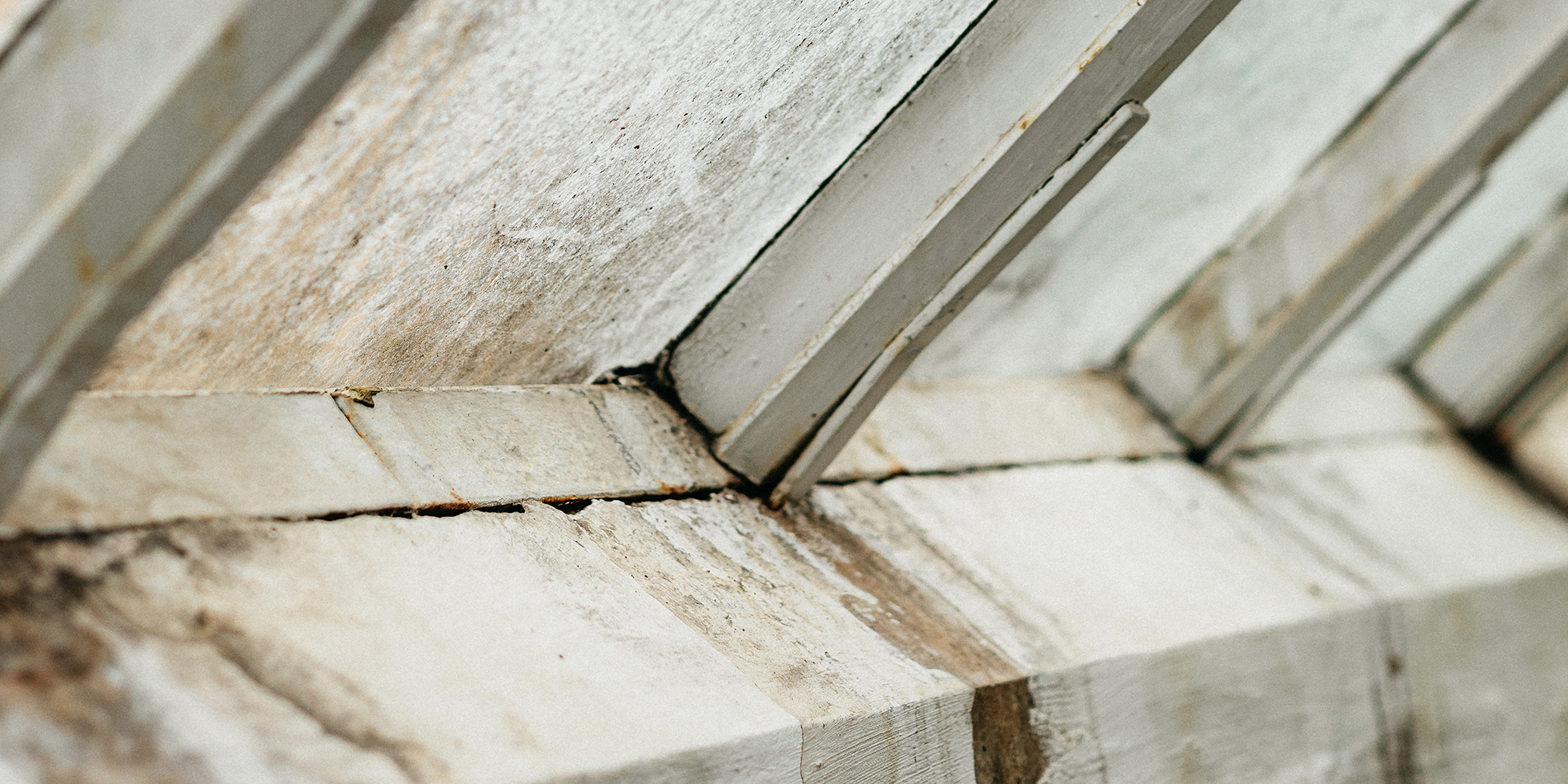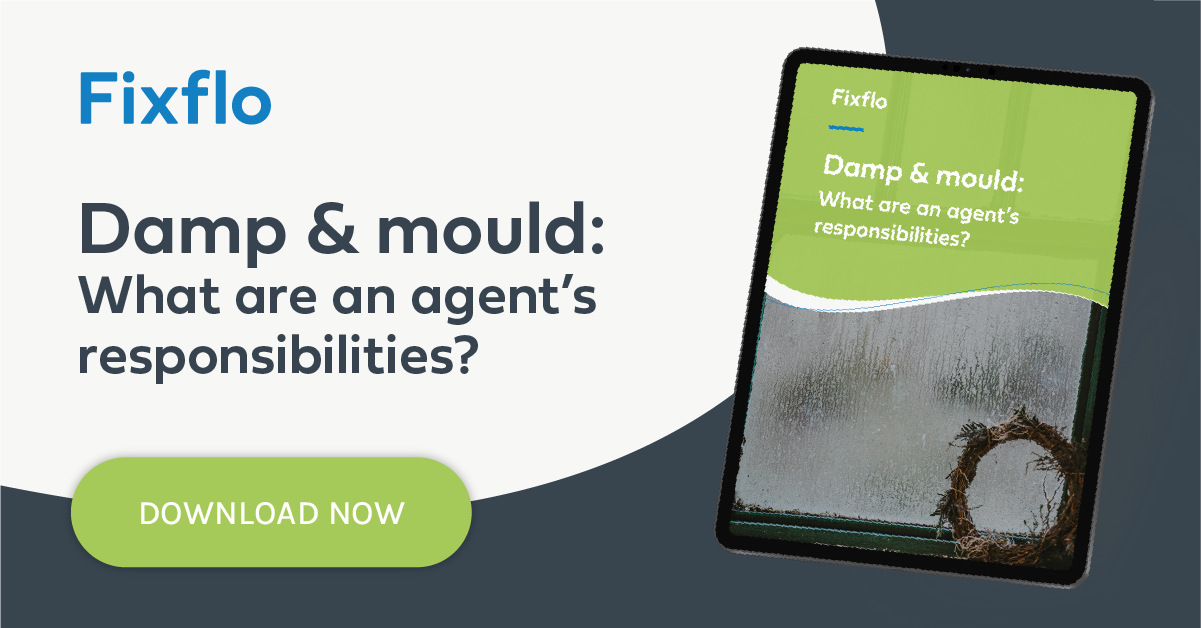Landlord responsibility: damp and mould in social housing
The tragic death of 2 year-old Awaab Ishak in his social home in Rochdale Borough has led to a prominent ongoing discussion and reassessment of landlord responsibility in dealing with damp and mould issues.
We’ve looked at the statements from Michael Gove, the Minister for Levelling Up, Housing and Communities, and Richard Blakeway, the Housing Ombudsman, to discern what landlords can expect their responsibilities to be going forward.
Tenant ‘lifestyle’ is not the issue
It is the responsibility of landlords to assess the cause of damp and mould issues within their properties. These could be structural including lack of ventilation, leaking pipes, and rising damp, or due to the tenant who might be keeping windows closed, drying laundry inside without ventilation, and not using vents. Our customisable flyer can give your tenants the tips they need to solve some of the problems connected to mould and damp.

However, landlords will now be subject to much more scrutiny. Gove agreed with the Ombudsman in an open letter that “damp and mould are not lifestyle issues”, as that implies the tenant is choosing to allow mould to grow in their home. If a tenant is taking all possible steps to eliminate damp and mould, it cannot be blamed on them.
Landlords are expected to take steps to understand the cause of mould, and not automatically assign blame to the tenant. In a Spotlight report from 2021, the Ombudsman found examples of tenants whose ‘lifestyle’ was blamed for known issues within a building, such as leaks.
A full assessment of the damp and mould issue within the property must be done before causes can be attributed.
Landlords must be proactive and take responsibility
“In light of [Awaab Ishak’s] case I expect you to go further than the letter of the [Decent Homes] Standard and have particular regard to damp and mould. Where people complain about damp and mould, you must listen; where you find them, you must take prompt action. To keep tenants safe, you must not hide behind legal process.”
This letter follows a directive from the Ombudsman that landlords should be proactive rather than reactive: “Adopt a zero-tolerance approach to damp and mould interventions.”
This includes reviewing the accessibility of reporting to find tenants who may not otherwise be able to report issues. This could be because of age, disability, language, or other limiting factors. We’ve created a guide to Digital Inclusivity, which is available to download here.
Landlords should also assess all previous interactions with tenants about damp and mould. If a tenant has previously raised concerns about mould but has gone quiet, this could be because they have given up trying to get help after feeling like they were not listened to.
A timely response that does not place blame on the resident is essential to responsibly dealing with damp and mould.
Landlords will face increased regulatory inspection
To make sure housing associations and landlords obey the rules, they will be subject to increased regulatory inspections.
The Regulator of Social Housing (RSH) will contact all landlords of social housing regarding mould and damp issues, to which a response is expected without delay. Known issues should be self-reported.
The RSH will inspect landlords to ensure they are following not only the letter of the law but also the spirit. It will have the power to issue unlimited fines for breaches and, in extreme cases where tenants’ lives are at risk, confiscate properties from landlords to bring them under new management.
This should not be considered an empty threat; the Ombudsman has already named five councils which were found to be shirking responsibility for damp and mould and placing blame on residents. These are North Tyneside, Harlow, the Borough of Barking & Dagenham, Westward Housing, and Torus. All five have been ordered to pay varying rates of compensation to tenants falsely blamed for mould in their properties.
For a thorough guide to dealing with mould in your properties, download our guide.
BLOG DISCLAIMER
This article is intended for information purposes only and does not constitute legal advice. If you have any questions related to issues in this article, we strongly advise contacting a legal professional.
These blog posts are the work of Fixflo and are licensed under a Creative Commons Attribution-ShareAlike 3.0 Unported License. In summary, you are welcome to re-publish any of these blog posts but are asked to attribute Fixflo with an appropriate link to www.fixflo.com. Access to this blog is allowed only subject to the acceptance of these terms.

